Authors:
ABSTRACT
Aim
Malocclusions are widespread all over the world with high prevalence values and represent a social vulnerability and health problem because of the important burden of orthodontic treatment for both families and the public health service. The Italian Ministry of Health identified the principles for priority setting in dental care, i.e. patients with IOTN (Index of Orthodontic Treatment Need) 4-5 and those in particular conditions of health or social vulnerability.
Methods
A retrospective study was carried out to assess the IOTN and malocclusion in a population attending the public Orthodontic Health Service of Perugia (Italy) from September 2018 to February 2020. Medical charts, social income information, study models, photos and lateral cephalograms were examined to assess the orthodontic treatment need.
Results
A total of 504 pre-orthodontic records were collected and examined. IOTN DHC (Dental Health Component of the IOTN) grade 4-5 was 27.55% and most patients belonged to low social classes (71.60%).
Conclusion
Orthodontic health service in Italy tends to have many patients on the waiting list, while the 72% of subject under orthodontic treatment are not part of the orthodontic priority (IOTN grade 4-5). This study suggests the heath system to guarantee a priority of need for orthodontic treatment for patients with health vulnerabilities.
PLUMX METRICS
Publication date:
Issue:
Vol.22 – n.4/2021
Page:
Publisher:
Topic:
Cite:
Harvard: P. Negri, F. Vena, G. Lomurno, M. Coniglio, S. Cianetti, R. Gatto, M. Severino (2021) "Index of Orthodontic Treatment Need (IOTN) and distribution of malocclusion traits in a population of growing patients attending a public orthodontic service in Perugia (Italy)", European Journal of Paediatric Dentistry, 22(4), pp303-308. doi: 10.23804/ejpd.2021.22.04.8
Copyright (c) 2021 Ariesdue

This work is licensed under a Creative Commons Attribution-NonCommercial 4.0 International License.
